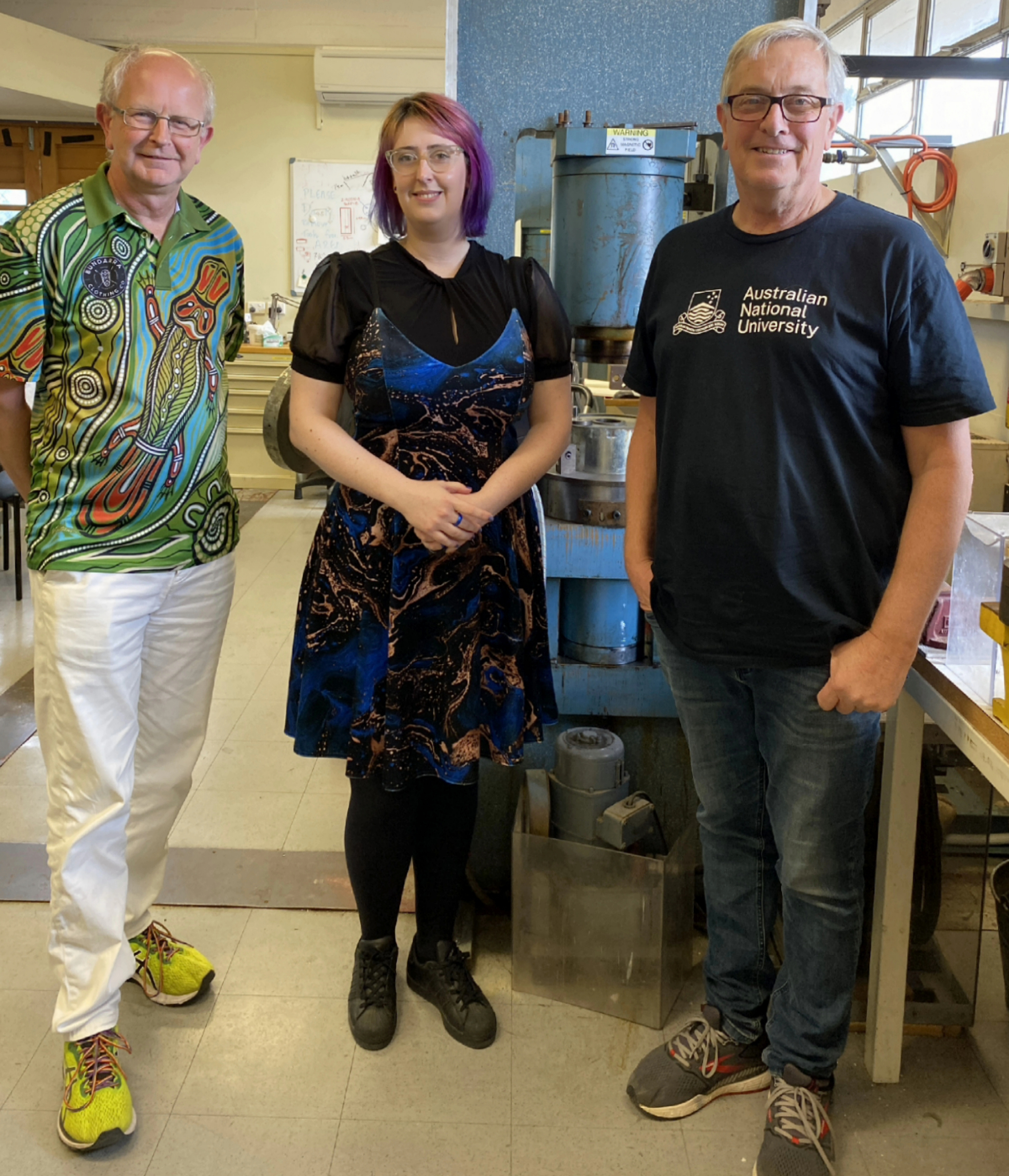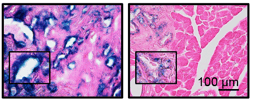Odd and exotic mantle rocks are all related to diamond formation
Published in Earth & Environment

Diamonds can enclose fragments of the surrounding rock during its crystallization from melts in the very deep earth. These tiny mineral fragments might be an eyesore or even a unique and quirky feature for some people hunting for diamond jewellery, but for scientists they provide a unique opportunity to learn more about the rocks hosting diamonds and how they formed.
Diamond formation requires very high pressures (150-250 km below the surface) and relatively high temperatures (900-1400°C degrees). Ancient and stable parts of the Earth’s mantle (under the cratons) provide these conditions and are the source of most diamonds. Some diamonds are exhumed from the deep mantle and brought rapidly to the surface in rare and unusual volcanic rocks called kimberlites, along with fist- to football-sized fragments or “xenoliths” of the rock types present in the zone where diamonds form.
The conditions under which these kimberlite magmas form and react with surrounding rocks are extreme (high pressure and temperature) and chemically variable.
Diamond formation is not super rare deep in Earth’s mantle, bringing it to the surface in a specific type of volcanic rock is a rather peculiar process that occurs rarely in Earth’s long 4.5 billion year history.
Experimental petrology gives us a unique opportunity to grow our own rocks at those high pressure and temperature conditions in the laboratory, where we can examine direct snapshots of various processes that otherwise might be overprinted in natural rocks and might be stay hidden. These time-consuming experiments therefore need to be constructed carefully – because often only a single shot is feasible.
In earlier work, our team (Zsanett Pintér, Stephen Foley and Greg Yaxley, Macquarie University, ANU) showed the stability of carbonate-rich silicate melts in peridotites in mantle conditions.

The team is decompressed in front of the high-pressure piston cylinder apparatus at the Research School of Earth Sciences at Australian University (Canberra, Australia), Stephen Foley (right), Zsanett Pintér (middle) and Greg Yaxley (left).
In our new, curiosity driven experimental research published in Communications Earth & Environment, we show how these melts may interact with mantle rocks and form a diverse array if newly formed metasomatic rocks which match the nature of xenoliths recovered from kimberlite eruptions.
“What we find was a complex reaction zones that we did not anticipate whatsoever. We basically recreated the deep sub-cratonic mantle in an experimental capsule.”
These redox reaction experiments demonstrate that several mineral assemblages known to occur in the cratons, but previously assumed to have unrelated origins, may be indeed be related altogether.
It is important to understand and revisit several deep earth processes by studying natural rocks combined with experimental and numerical modelling. This can lead to better a understanding of how various chemical and mineralogical components are formed, distributed and concentrated in our Earth and unlock the potential for ore deposits of critical metals and other valuable resources required for a greener future. Only curiosity-driven science can produce deep understanding and led to innovation that can impact a transition to a more sustainable society.
“We would never know what else we might find recorded in rocks.”
Follow the Topic
-
Communications Earth & Environment

An open access journal from Nature Portfolio that publishes high-quality research, reviews and commentary in the Earth, environmental and planetary sciences.
Related Collections
With Collections, you can get published faster and increase your visibility.
Geology of the Moon
Publishing Model: Hybrid
Deadline: Jan 31, 2026
Drought
Publishing Model: Hybrid
Deadline: Mar 31, 2026




Please sign in or register for FREE
If you are a registered user on Research Communities by Springer Nature, please sign in